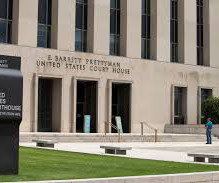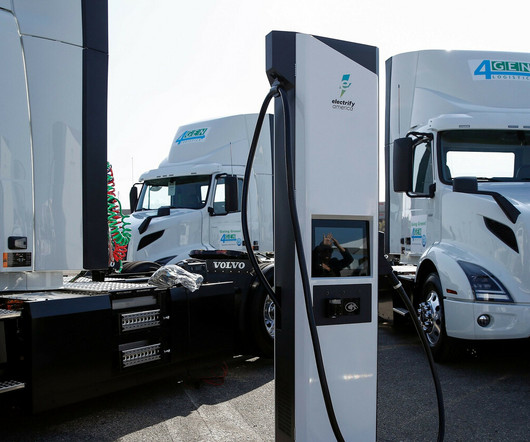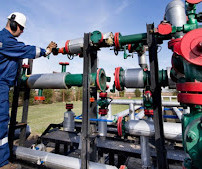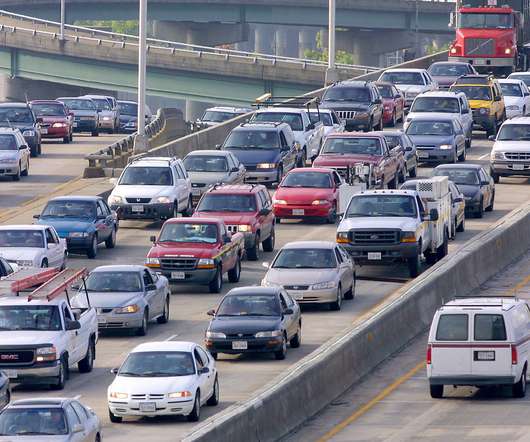Reading the Tea Leaves: Biden’s and California’s Vehicle Regs at the D.C. Circuit
Legal Planet
OCTOBER 5, 2023
Transportation is now the source of 28% of U.S. The transportation sector is also a substantial source of nitrogen oxides and particulates, both of which are dangerous to human health. I’m an appellate litigator with a focus on climate and Clean Air Act cases. Q: Hi, Sean.






































Let's personalize your content